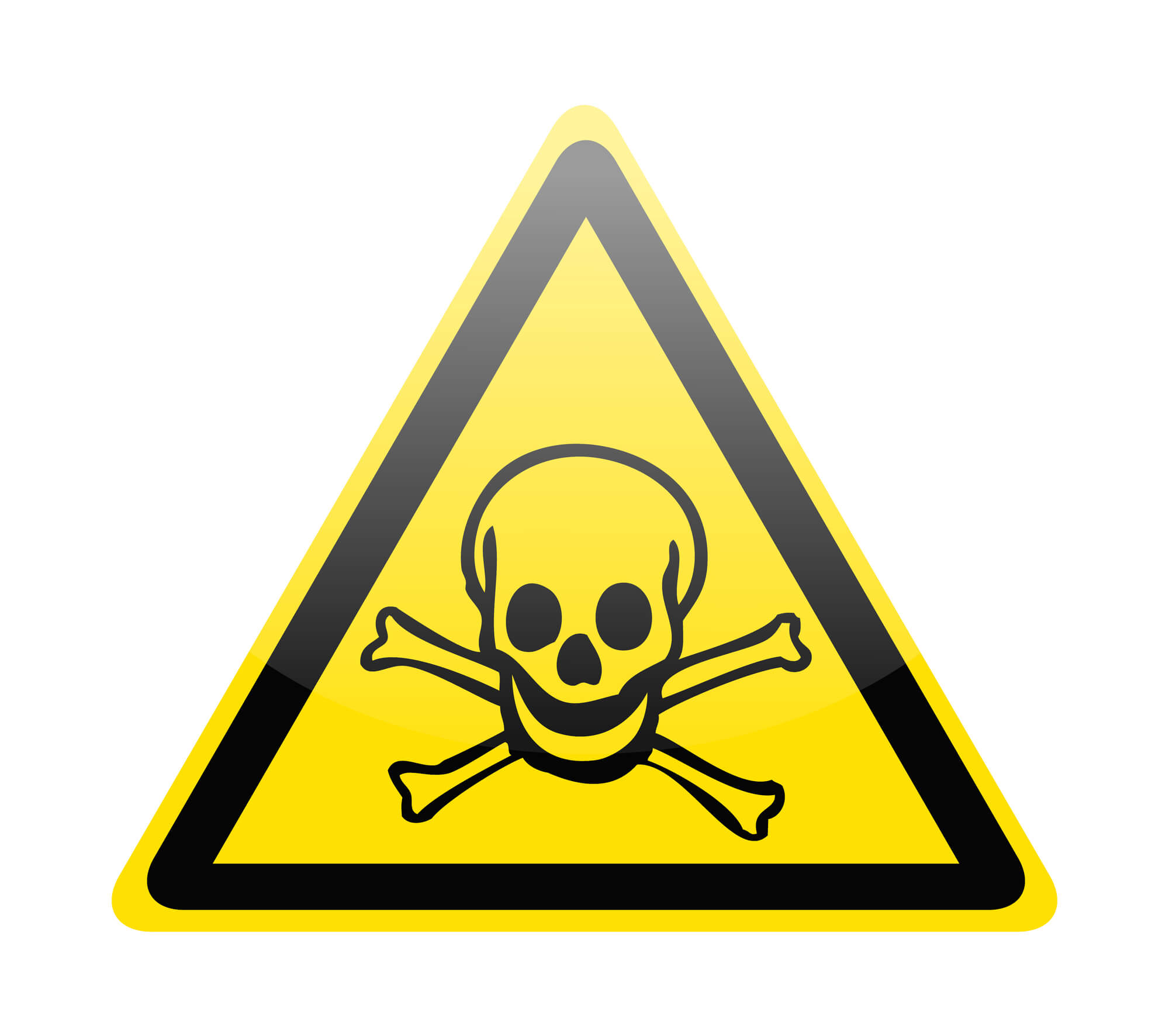In today's global industries, ensuring the safety of workers and the environment is of paramount importance. One crucial document that plays a vital role in this aspect is the Material Safety Data Sheet (MSDS). This article will delve into the meaning, components, and significance of MSDS, along with international regulations and best practices to ensure workplace safety.
What is a Material Safety Data Sheet (MSDS)?
A Material Safety Data Sheet, commonly called MSDS, is a comprehensive document that provides detailed information about hazardous chemicals or substances. It is a critical tool for employers, workers, and emergency personnel to understand the potential hazards associated with specific chemical products and ensure safe handling practices.
Key Components of an MSDS
A well-prepared MSDS contains several key components that provide essential information about hazardous substances. These components include:
- Hazardous Substance Identification and Properties: The MSDS identifies the chemical product, including its name, manufacturer details, and physical and chemical properties.
- Safety Precautions and Guidelines: This section outlines the necessary safety precautions for the handling, storage, and disposal of the chemical. It guides personal protective equipment (PPE), safe handling procedures, and proper storage conditions to minimize risk.
- First Aid Measures: In the event of exposure or accidents, the MSDS provides detailed instructions on appropriate first aid measures. This includes information on responding to inhalation, ingestion, or skin contact with the hazardous substance.
- Firefighting and Emergency Response Procedures: This section outlines the appropriate firefighting measures and emergency response procedures in case of a fire or spill involving a chemical product.
- Personal Protective Equipment (PPE) Recommendations: The MSDS specifies the recommended personal protective equipment, such as gloves, goggles, or respiratory protection, required for safe handling and use of the chemical.
- Environmental Considerations: It is crucial to address the potential environmental impact of the chemical. The MSDS provides information on the substance's reactivity, the potential to pollute water or soil, and appropriate measures for environmental containment and clean-up.
- Contact Information: The MSDS includes contact details of the manufacturer or responsible party who can provide additional information or assistance regarding the chemical product.

Understanding MSDS Sections
To fully comprehend the information presented in an MSDS, it is important to understand the purpose of each section:
Section 1: Product Identification
This section provides information about the product's name, manufacturer, and any relevant identification numbers. It also includes details about intended uses and restrictions.
Section 2: Hazard Identification
In this section, the MSDS outlines the specific hazards associated with the chemical, such as flammability, toxicity, or corrosiveness. It also includes hazard classification and labelling requirements.
Section 3: Composition/Information on Ingredients
This section provides a detailed breakdown of the chemical's composition, including its ingredients, concentrations, and any impurities present.
Section 4: First Aid Measures
Here, the MSDS offers step-by-step instructions on providing first aid in case of exposure, including information on inhalation, ingestion, and skin or eye contact.
Section 5: Firefighting Measures
This section outlines appropriate firefighting techniques and equipment, including suitable extinguishing agents and procedures to avoid hazardous reactions.
Section 6: Accidental Release Measures
In the event of a spill or release, this section guides containment, clean-up procedures, and necessary protective measures to minimize environmental and health risks.
Section 7: Handling and Storage
This section emphasizes safe handling practices, including recommendations for proper ventilation, storage conditions, and precautions to prevent accidental releases or exposures.
Section 8: Exposure Controls/Personal Protection
Here, the MSDS provides information on controlling occupational exposures to the hazardous substance. It includes details on engineering controls, such as ventilation systems and personal protective equipment (PPE) requirements.
Section 9: Physical and Chemical Properties
This section outlines the physical and chemical properties of the substance, including its appearance, odour, melting point, boiling point, and solubility. Understanding these properties is crucial for safe handling and storage.
Section 10: Stability and Reactivity
The MSDS describes the chemical's stability and potential reactivity with other substances or conditions in this section. It guides how to prevent hazardous reactions or decomposition.
Section 11: Toxicological Information
Here, the MSDS presents detailed information on the toxicological effects of the substance, including acute and chronic health hazards, routes of exposure, and recommended exposure limits.
Section 12: Ecological Information
Considering the environmental impact of the substance, this section provides information on its potential effects on aquatic and terrestrial ecosystems. It also outlines any regulatory requirements for environmental protection.
Section 13: Disposal Considerations
Proper disposal of the hazardous substance is crucial to prevent environmental contamination. This section guides safe disposal methods and any applicable regulations or restrictions.
Section 14: Transport Information
When transporting hazardous chemicals, it is important to comply with transportation regulations. This section provides information on packaging, labelling, and any specific requirements for transportation.
Section 15: Regulatory Information
To ensure compliance with relevant regulations, this section highlights the regulatory frameworks and specific requirements about hazardous substances.
Section 16: Other Information
This section includes any additional information relevant to the substance's safe handling, storage, or use. It may include references to related documents or sources of further information.

Importance of MSDS in Occupational Health and Safety
Material Safety Data Sheets (MSDS) are critical in ensuring occupational health and safety. By providing comprehensive information about hazardous substances, MSDS empower employers and workers to make informed decisions regarding safe handling, storage, and emergency response procedures. They are a vital resource for risk assessment and management, enabling employers to implement appropriate control measures and protect employees from potential hazards.
MSDS also contribute to regulatory compliance by ensuring that employers meet the requirements set forth by international health and safety regulations. Compliance with these regulations promotes a safe work environment and helps organizations avoid penalties and legal liabilities associated with non-compliance.
International Standards and Compliance
Given the global nature of industries, international standards and compliance frameworks are crucial in ensuring consistent safety practices. Organizations should be familiar with regulations such as the Globally Harmonized System of Classification and Labelling of Chemicals (GHS), which provides a standardized approach to hazard communication through labelling and MSDS formats.
International organizations, such as the International Organization for Standardization (ISO), also establish guidelines and best practices for MSDS development and management. Adhering to these standards demonstrates a commitment to global health and safety standards and facilitates smoother operations in international contexts.
Accessing and Utilizing MSDS
Accessing and utilizing MSDS is vital for the safe handling of hazardous substances. Obtain MSDS from manufacturers or online databases. Train employees to interpret and apply information effectively. Keep MSDS up-to-date and integrate it into safety programs. Regular reviews and adherence to guidelines enhance workplace safety culture. By prioritizing MSDS use, organizations ensure employee well-being and regulatory compliance.
Conclusion
Material Safety Data Sheets (MSDS) are invaluable resources for promoting workplace safety and properly handling hazardous substances. By providing comprehensive chemical information, MSDS empower employers and workers to make informed decisions, implement appropriate safety measures, and respond effectively to emergencies. Accessing and utilizing MSDS, staying updated with the latest versions, and integrating the information into safety programs are essential for maintaining a safe work environment. By prioritizing using MSDS, organizations demonstrate their commitment to employee well-being, regulatory compliance, and fostering a safety culture. Together, we can create safer workplaces and protect the health and safety of workers and the environment.
